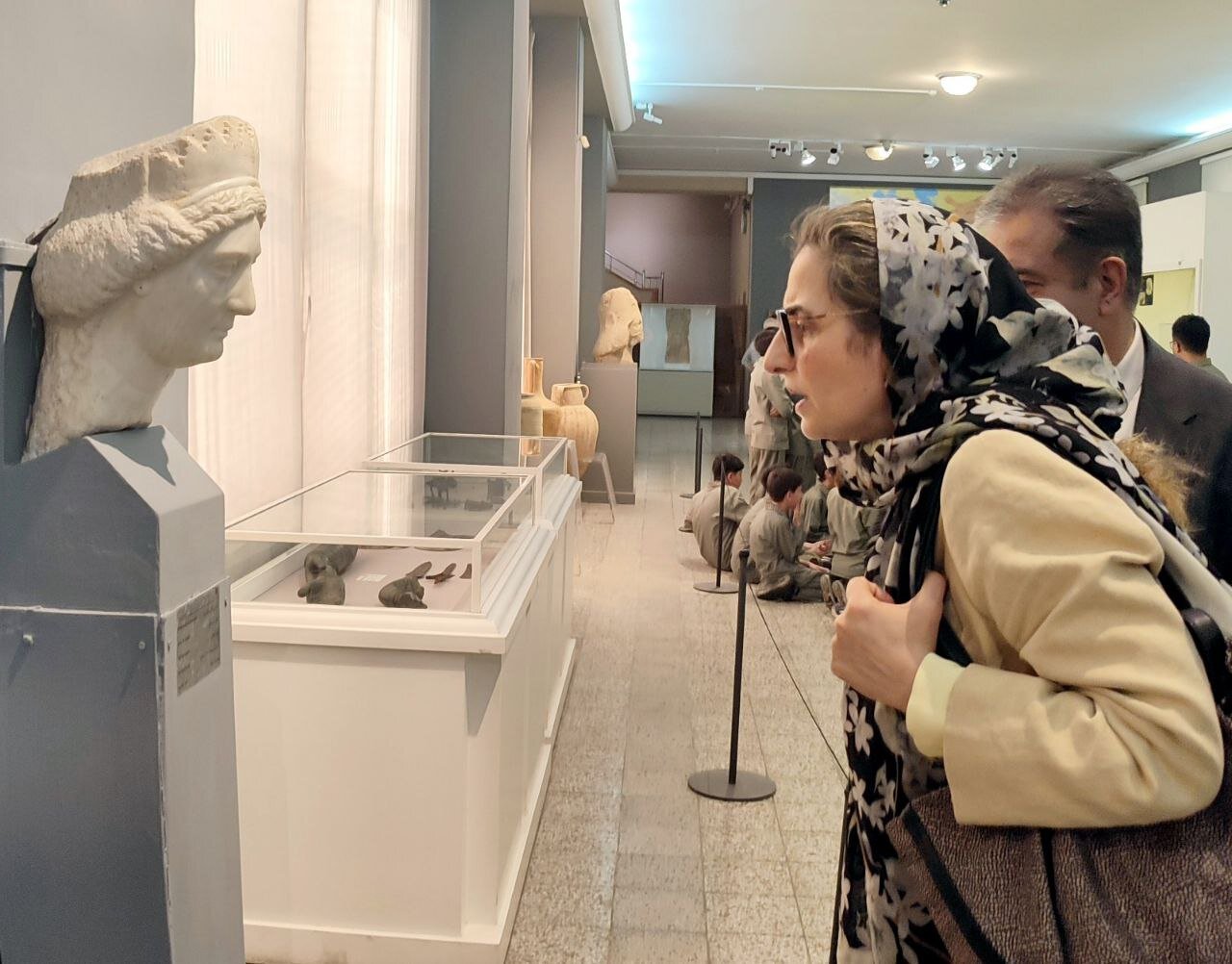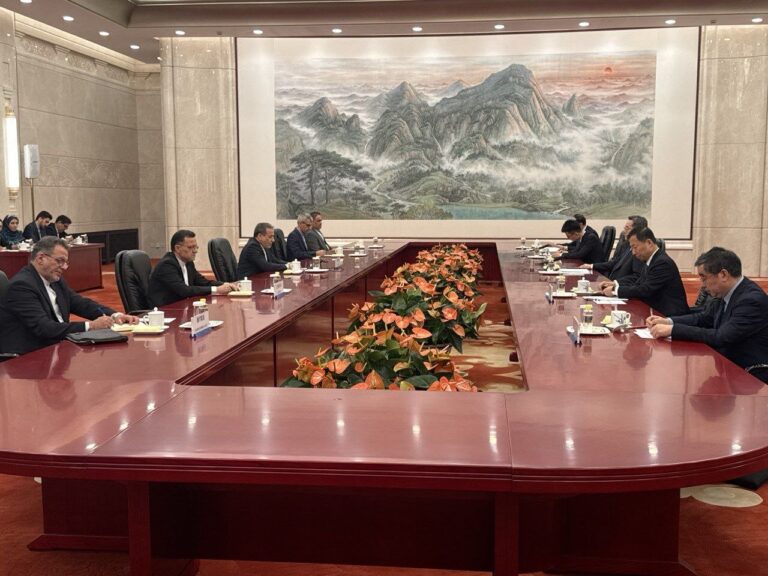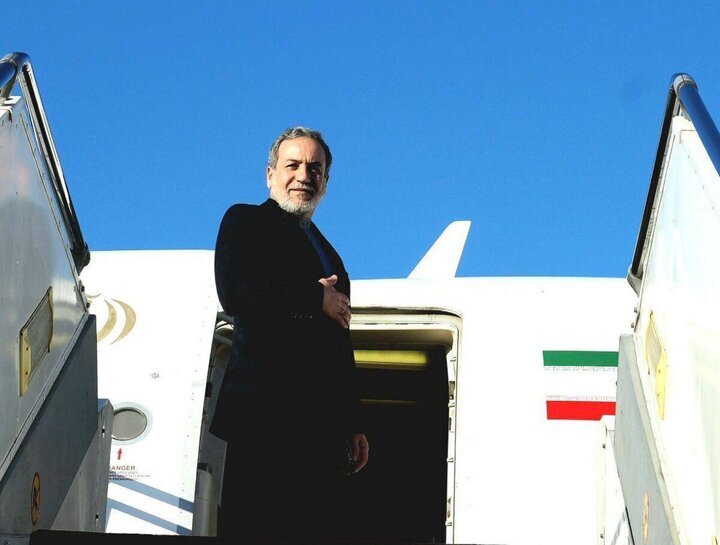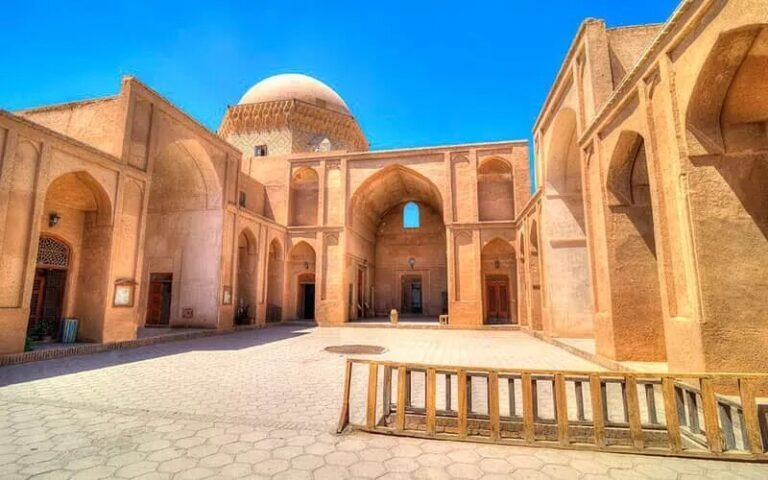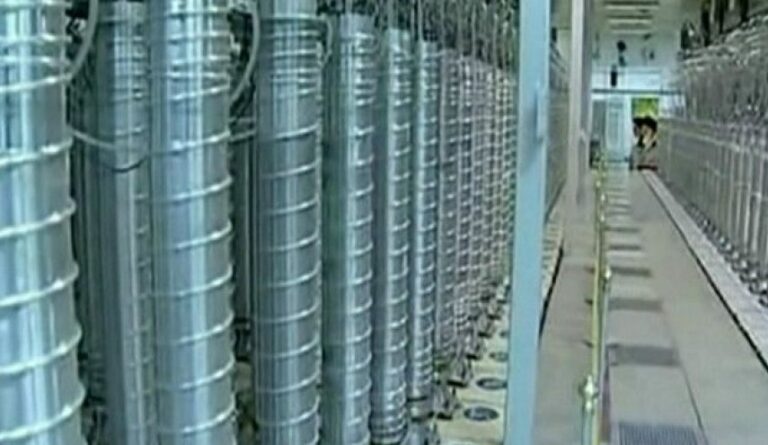Exploring Cultural Ties: Italian Ambassador’s Inspiring Visit to Iran’s National Museum
On Tuesday, Paola Amadei, the Ambassador of Italy to Iran, visited the National Museum of Iran. This significant meeting with Jebrael Nokandeh, the museum’s director-general, highlighted the importance of enhancing cultural cooperation between Italy and Iran, particularly in the realms of museology, restoration, and archaeology.
During the meeting, which also included the cultural attaché from the Italian Embassy and a representative from the Italy Desk at the Iranian Ministry of Foreign Affairs, the ambassador emphasized the longstanding collaboration between the two nations regarding cultural heritage. She expressed Italy’s readiness to further expand these partnerships at various levels.
The ambassador commended past joint achievements in research and exhibition projects, urging for the continuation of this fruitful cooperation. The emphasis on shared cultural heritage reflects the deep-rooted ties and mutual respect between Italy and Iran.
In response, Jebrael Nokandeh reviewed the history of joint initiatives with Italian scientific and cultural institutions. He cited successful exhibitions such as “Iran and Italy: 60 Years of Collaboration on Cultural Heritage” and collaborations with esteemed institutions like the Aquileia Museum and the Vatican Museums. Nokandeh expressed hope that these cultural exchanges would continue to flourish, fostering greater understanding and appreciation between the two countries.
Following their meeting, the Italian delegation toured various sections of the National Museum of Iran. They had the opportunity to observe remarkable artifacts from Iran’s ancient civilizations, including relics from Shahr-e Sukhteh (Burnt City) and Persepolis. This visit served to reaffirm the rich historical heritage of Iran and seek new avenues for future collaborations in research, exhibitions, and cultural heritage preservation.
The visit not only reinforced the cultural ties but also opened up discussions on future projects that could benefit both nations. Here are some key points from the meeting:
- Emphasis on Cultural Cooperation: The need to enhance cooperation in museology, restoration, and archaeology was highlighted.
- Past Achievements: Recognition of successful past collaborations, including exhibitions and academic projects.
- Future Partnerships: Discussions aimed at expanding partnerships in cultural heritage preservation and research.
- Shared Heritage: Mutual respect for the ancient civilizations of both nations was a focal point of the discussions.
This collaboration is not just about preserving the past; it is also about creating a joint future where both countries can learn from each other’s rich histories. As cultural ambassadors, both Italy and Iran have a unique opportunity to showcase their heritage through joint exhibitions and research initiatives. The fruitful discussions and shared goals can lead to innovative projects that promote cultural understanding and appreciation.
In conclusion, the visit by Ambassador Paola Amadei to the National Museum of Iran marks a significant step towards strengthening cultural ties between Italy and Iran. By focusing on collaboration in museology, restoration, and archaeology, both countries can foster a deeper understanding of their respective cultural heritages. The ongoing commitment to cultural exchanges promises to yield exciting opportunities for future initiatives, enriching both nations in the process.
As the world continues to evolve, the preservation of cultural heritage remains paramount. The conversations held during this meeting are just the beginning of what could be a transformative partnership, allowing both Italy and Iran to work together in safeguarding their pasts while inspiring future generations.
With a shared commitment to cultural exchange and understanding, the collaboration between Italy and Iran is set to flourish, paving the way for innovative projects that celebrate and preserve their rich histories.
The National Museum of Iran stands as a testament to the enduring legacy of human civilization, and with the support of international partnerships, it will continue to thrive as a beacon of cultural heritage for years to come.
